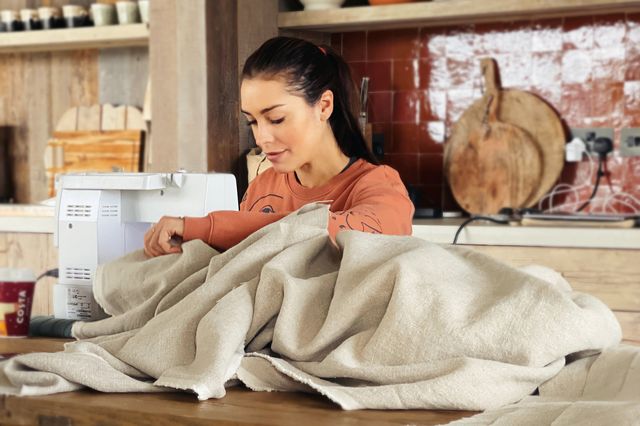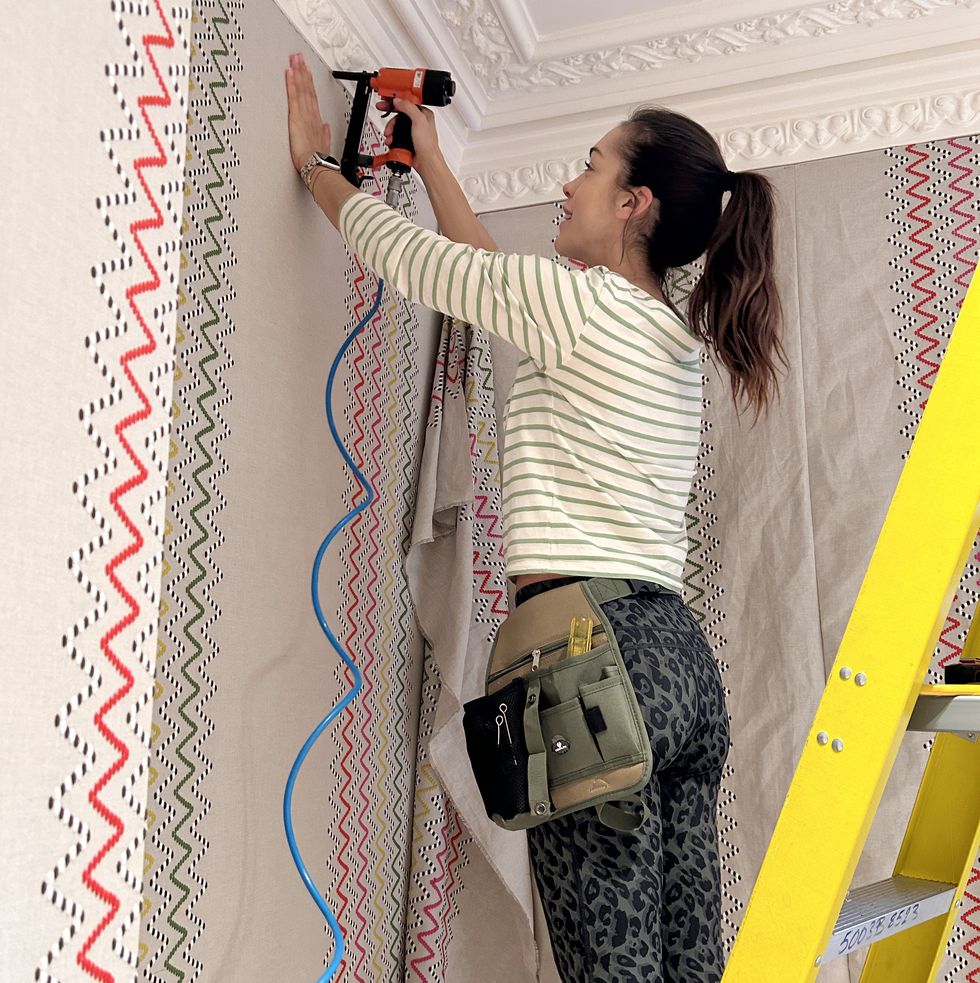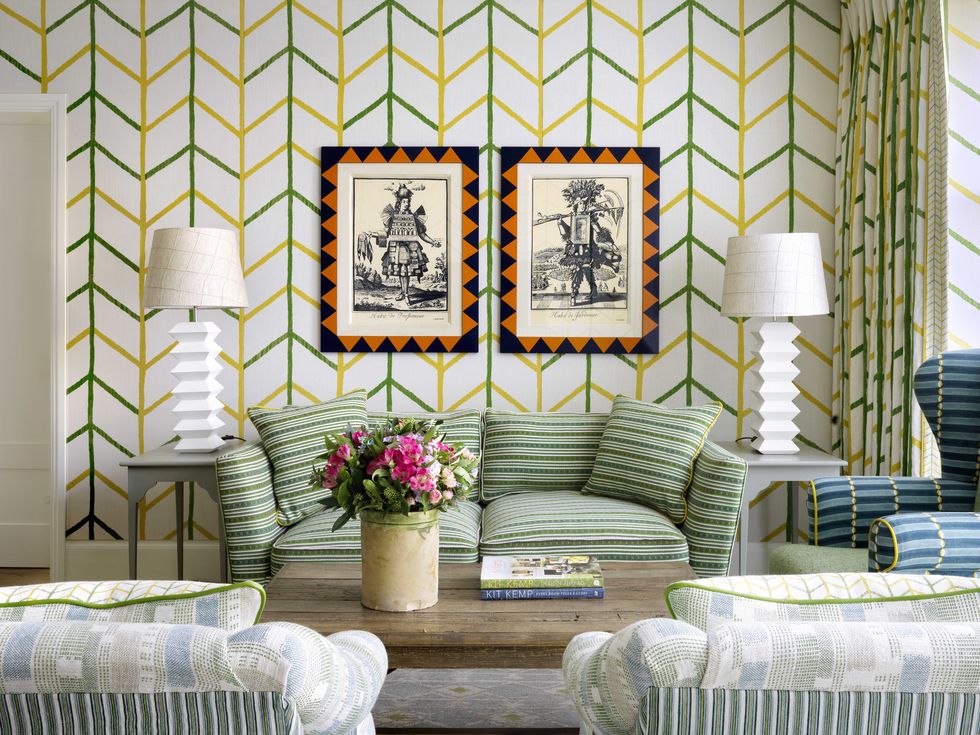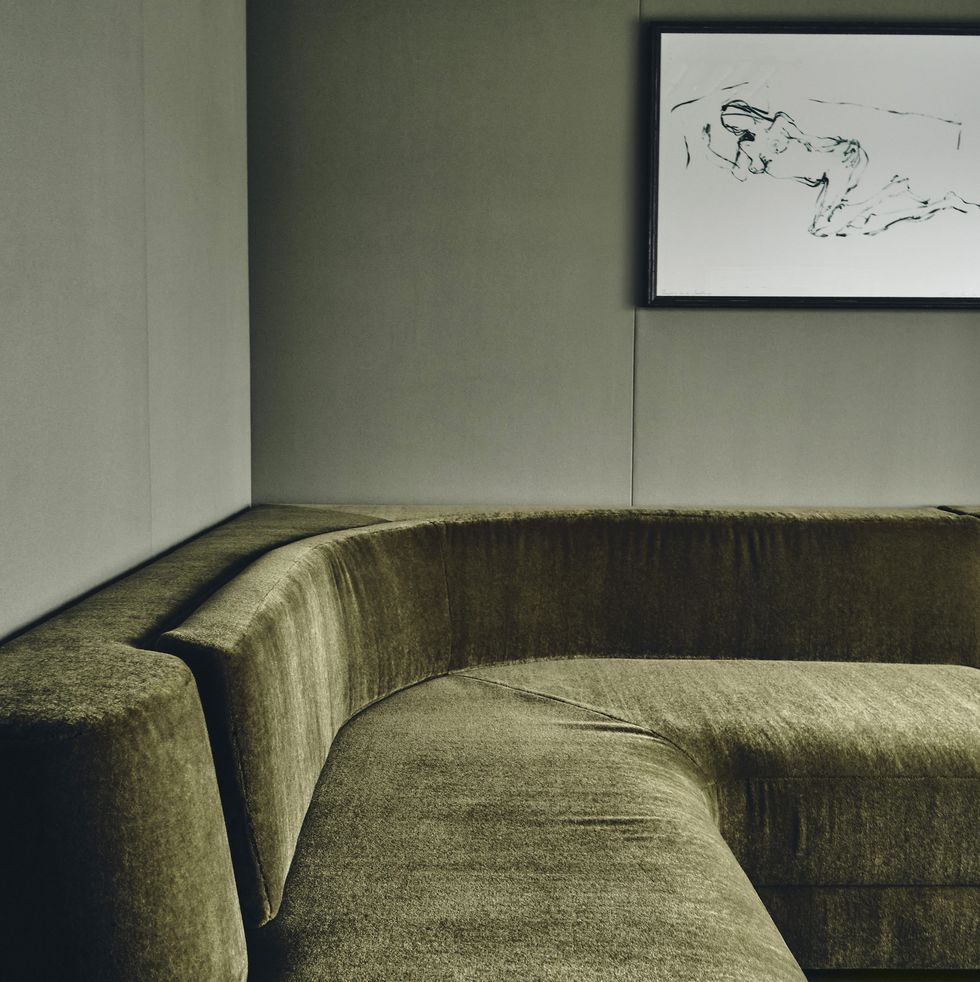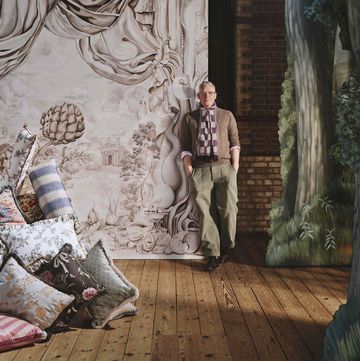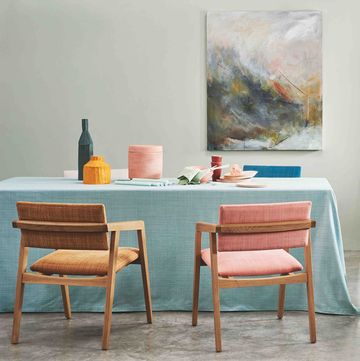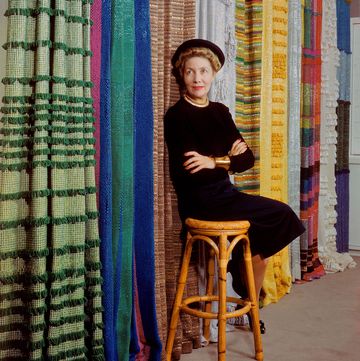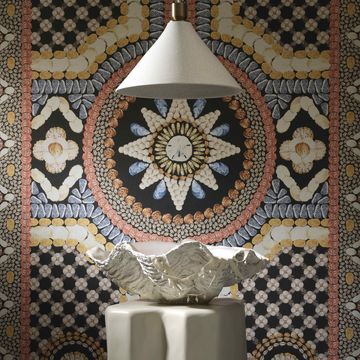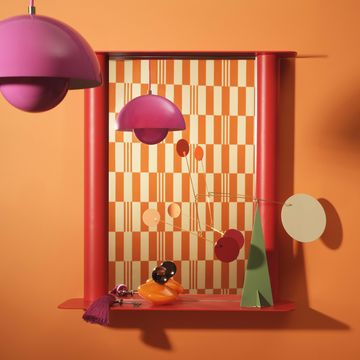Lining walls with fabric has always been a luxurious yet practical way to soften a room’s acoustics and bring colour, texture and cosiness into interiors. Now, designers are using cashmere, denim and next-gen technology to reinvent this classic technique for the future. In many cases they turn to Hepzabeth Evans, founder of The Textile Wall Company, to realise their vision. We asked her to explain how and why cladding walls with fabric is a good idea...
Why do it? You can use fabric walling as a dramatic focal point or as a subtle and understated backdrop. It can be calming in a bedroom and beneficial for acoustic purposes in a larger space such as a home cinema, dining or drawing room. There is a depth and texture that you don’t get with wallpaper or a paper-backed fabric wall covering.
Insulation is another benefit: it keeps a room cool in the summer and warm in winter. Fabric also covers up most structural imperfections, and you can apply it over wallpaper, wood panelling and brick.
How do you install it? The traditional method, which we still use today, starts by building a frame around the perimeter of the walls, including cornice, skirtings, windows, doors and behind any electrical fittings. The walls are then covered with padding, which creates a soft-to-touch feel, keeps the panels from looking flat and improves the acoustics.
The fabric is cut and sewn together to create a uniform piece, which is stretched across the walls and stapled to the edges of the frame. It’s finished with a decorative braid or double piping in the same fabric.
What are different fabrics good for? Silk is commonly used in large spaces– it has a lustrous sheen that makes for a rich and elegant look. Plain linen can make a room feel peaceful and intimate, while a more decorative pattern creates interest and impact. Velvets work well in smaller studies and snugs.
Can you have fabric walls in a kitchen or bathroom? In these potentially humid spaces, we suggest using a fabric with natural fibres so the walls are able to breathe – lighter weighted cottons and linens are ideal. thetextilewallcompany.co.uk
